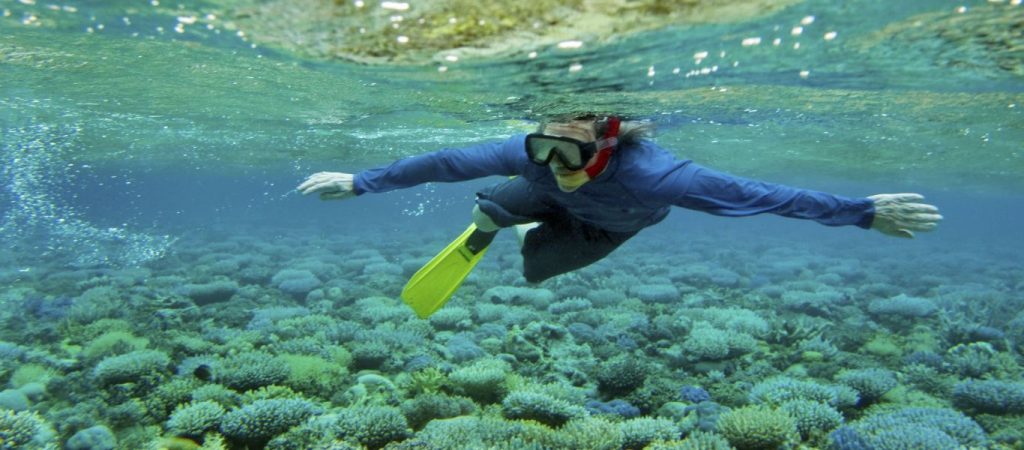When sourcing valves for your projects, it’s important to consider material options and cost. Large valves, for instance, are typically too large to manufacture in-house, and they often need to be outsourced. That means the price of raw materials can swing in the wrong direction over the course of the project.
Ductile iron
Ductile iron is a very strong material, and is used in many industries. Its advantages include its malleability and low cost when compared to steel. The material can be formed into various shapes, including valves, pipes, and fittings. Its use is not limited to plumbing; it is also used in the automobile industry, piano harps, and machine frames.
Ductile iron has superior strength, tensile strength, and corrosion resistance. It does not break when bent, making it a good material for demanding applications. However, compared to cast iron, ductile iron is more expensive. Flomatic’s ductile iron valves are epoxy-coated, ensuring that they are durable and long-lasting.
Cast iron
A cast iron valve is very strong, whereas a ductile iron valve is softer. These two materials have some key differences but also many similarities. Let’s take a closer look at the pros and cons of both materials. You can choose between these two if you’re looking for a valve for your application.
Cast steel valves are more widespread and easier to access. The process of casting is more efficient and less costly than that of forging. Besides, it’s cheaper and easier to get service and replacement components. The rounded shapes of cast steel valves also make it easy to install, even in tight spaces. However, from this source the casting process is also environmentally unfriendly, as it involves a significant amount of waste. This is because the process of metal conversion and fluid modification wastes some of the substance that’s in the core of the material.
AWWA butterfly valve
The AWWA butterfly valve is a double offset valve that meets AWWA standards for safety and durability. It is ideal for pipelines, water treatment facilities, and industrial settings. In addition to its high performance and durability, the AWWA butterfly valve has a low maintenance cost and long life cycle.
The AWWA Butterfly valve series features a fully lined seat body to reduce the risk of mineral and scale buildup. In addition, the valve is hydrostatically tested to ensure that the seat is leak-proof per AWWA 504 Standard. These valves also undergo a rigorous process to ensure their high reliability.
OS&Y design
The OS&Y design is based on the principle of outside crew and yoke, with the valve’s gate interacting directly with the stem. The gate rises with the stem and locks into place, keeping it from moving further. This feature makes it clear whether the valve is open or closed, and is an important feature for maintaining fire protection.
Another feature of the OS&Y design is its ability to reduce pressure and flow at the same time. When the gate is open, the stem moves down, creating more friction and turbulence, reducing pressure. This design has a large number of benefits and is UL-rated.
Flex-wedge valve
The Flex-wedge ever valve is a versatile gate valve. It comes in two designs: a solid wedge and a flexible wedge. The former has a solid construction and is ideal for turbulent flow. The latter is a one-piece disc with a cut around the perimeter that improves flexibility and allows for corrective action in the event of a mistake. The cut may be shallow or deep depending on the need. A shallow cut provides a little flexibility while retaining strength, while a deeper cut provides a wider, deeper recess. The latter is a compromise between flexibility and strength.
The Flex-wedge ever valve is a versatile valve that is suitable for a wide range of applications. These valves can be installed both horizontally and vertically.

